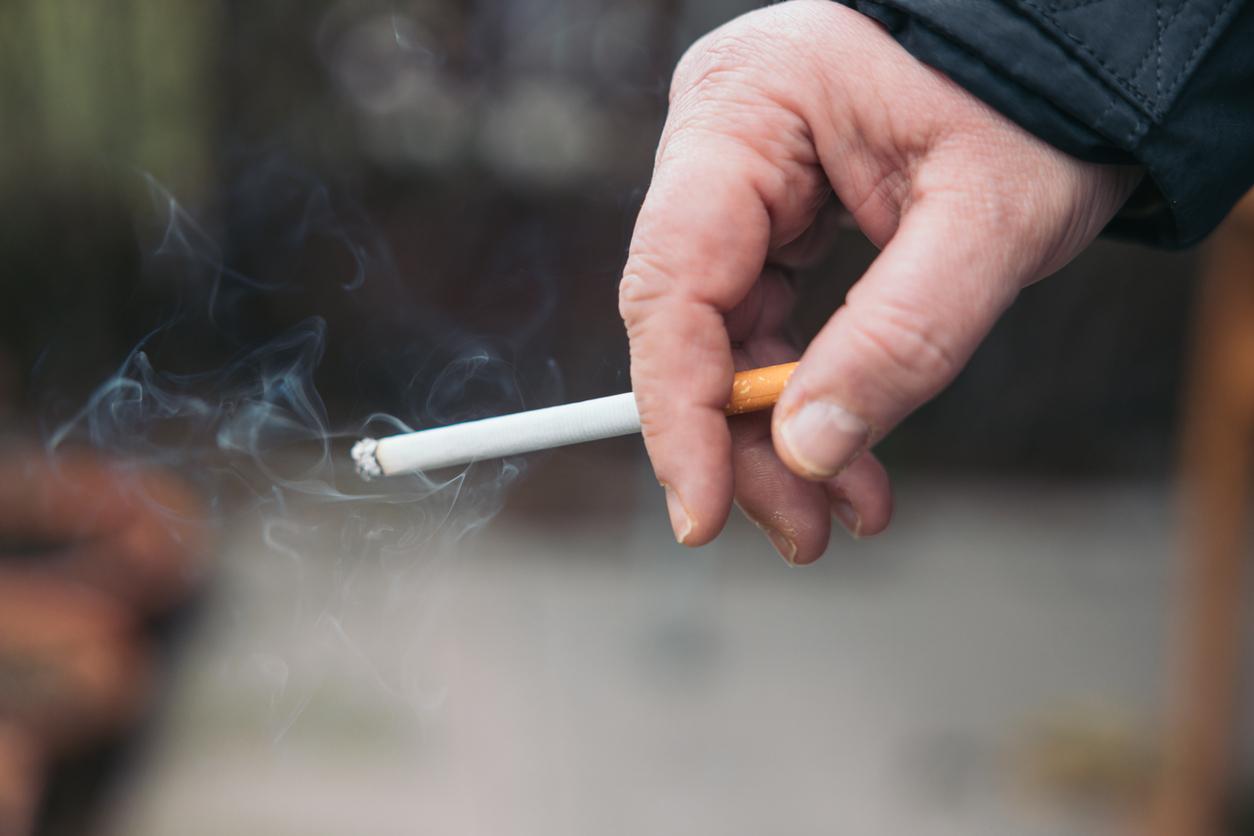Indoor heating, cooking, and cigarette smoke form household pollution that, in the long term, increases the risk of asthma and causes lung function to decline more rapidly.

- Wood burning and gas cooking generate a complex mixture of particles and gases that can affect respiratory health.
- Modern electrical technologies can reduce the release of particles from combustion in the home.
- For those with ventilation, preference should be given to exhaust fans that exhaust the air outside the house.
Since March 2020, the date of the first confinement, the time spent indoors has exploded. Enough to reduce air pollution and its disastrous consequences on health. In Europe, the measures restricting movement would have even made it possible to avoid 11,300 deaths. But beware, being locked inside does not protect against all risks. Worse, new ones appear. The quality of the air we breathe indoors is essential for our lung health. According to an Australian study, published on January 14 in the European Respiratory Journallong-term household pollution is linked to an increased risk of asthma and a more rapid decline in lung function.
Chronic obstructive pulmonary disease, 3rd cause of death in the world in 2019
Tobacco smoke is a known risk factor for lung health. But behind tobacco, there are other common contributors to indoor air pollution at home. Wood burning, cooking and gas heating are other pollutants whose long-term exposure is detrimental to health. Until then, note epidemiology researchers from the Allergy and Lung Health Unit (ALHU) at the University of Melbourne who carried out the study, there has been no in-depth research into long-term exposures related to cooking and heating methods and their consequences on respiratory health.
Before understanding how indoor pollution affects health, epidemiologists recall how the lungs work. Lung function goes through phases of growth in adolescence and decline in adulthood. Accelerated lung function decline is one of the main pathways of chronic obstructive pulmonary disease (COPD) which causes the small airways in the lungs to be destroyed, making it increasingly difficult to breathe. In 2019, COPD was the third leading cause of death worldwide.
A complex mixture of particles and gases
For this study, the researchers measured the effects of household exposures on the lung health of 3,314 adults over 10 years. The data was collected as part of the Tasmanian Longitudinal Health Study (TAHS) which has been following a large cohort of the Australian population since 1968. In this research, the participants were all aged 43 at the start of the study and 53 years old at the end of it.
The results identified seven household air pollution exposure profiles. Four of them – wood burning, all gas, wood burning and smoking, and wood burning and gas cooking – are all linked to persistent asthma and a more rapid decline in lung function over the ten years. feedback. These exposures can be harmful because the combustion of gas and wood generates a complex mixture of particles and gases that can affect respiratory health.
Prioritize all-electric
Researchers found that people using reverse-cycle air conditioning, electric cooking and heating, while living in a non-smoking environment had the lowest risk of asthma symptoms and decreased lung function compared to to other categories. They say this is because modern electric technologies can reduce the release of particulates from combustion into the home, while reverse-cycle air conditioning can remove particulates due to air filtration. On the other hand, having good ventilation, i.e. having exhaust fans that exhaust the air outside the house, reduces the harmful effects of household air pollution on respiratory health. . It may therefore be particularly important to ventilate homes when they use domestic heating and cooking systems that generate high levels of pollutants.
.

















